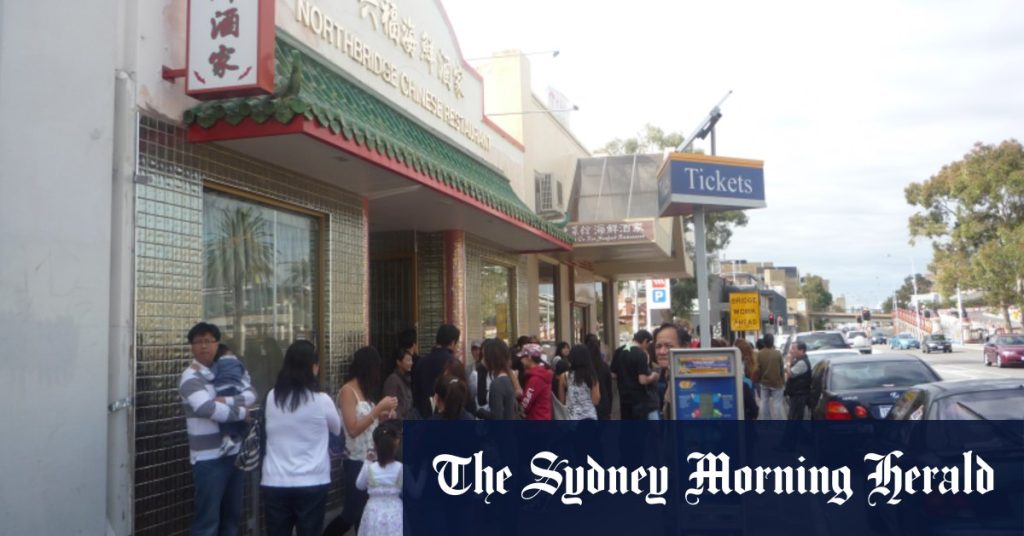Dim sum is a Chinese meal consisting of small, shared, assorted sweet and savoury dishes, often accompanied by tea. It originated from tea houses serving guests little bites to eat to go with their tea to keep them around for another cup. In Australia, dim sum is also known as yum cha, which means “drink tea” in Cantonese. Dim sum translates to “touch the heart” and refers to the dishes traditionally eaten while drinking tea, whether for brunch, lunch, afternoon tea, dinner, or between meals. The experience typically involves waiting for a table, especially during peak times on weekends, as reservations are not accepted.
The tradition of dim sum, similar to tapas in Spanish culture, involves sharing and sampling a variety of dishes while enjoying tea. In Australia, dim sum is commonly associated with weekend brunch or lunch and has become a popular dining experience, drawing crowds to restaurants like Canton Lane in Northbridge. The practice of eating dim sum is not always familiar to those without southern Chinese heritage, as seen in the author’s experience introducing his European friend to dim sum for the first time. The experience of dim sum is heightened by the ambiance of a busy restaurant filled with the sound of clinking tea cups and the scent of steamed buns and dumplings.
One key aspect of the dim sum experience is the tradition of waiting for a table before being able to select dishes from a trolley of steamed bamboo baskets. At popular dim sum restaurants in Northbridge and other suburbs, diners may be greeted by a “trolley aunty” pushing a trolley filled with a variety of dim sum dishes. It is common for one person at the table to take charge of ordering dishes, either by inquiring about preferences in advance or being familiar with the restaurant’s specialties. This streamlined ordering process helps to ensure a smooth dining experience for all guests, allowing them to enjoy a variety of dishes without having to wait for long periods of time.
While dim sum has become a beloved dining tradition in Australia, especially among those with Chinese heritage, it may be unfamiliar to those who have not been exposed to it before. To encourage more people to try dim sum, it is important to provide a primer on the experience for newcomers, explaining the concept of sharing small dishes with tea, waiting for tables, and interacting with trolley aunties to select dishes. By demystifying the dim sum experience and highlighting its unique qualities, more people may be inspired to venture outside their comfort zones and explore the world of dim sum dining.
The practice of dim sum is deeply rooted in Chinese culture and tradition, with its origins dating back to tea houses serving little bites to accompany tea. The tradition of yum cha, or “drink tea,” involves not just the food but also the act of sipping tea while enjoying a communal meal with family and friends. In Chinese culture, dim sum can be enjoyed at various times of the day, ranging from brunch to dinner, providing a versatile dining experience that is suitable for all occasions. By exploring the history and cultural significance of dim sum, diners can gain a deeper appreciation for the tradition and its role in shaping Chinese culinary practices.
In conclusion, dim sum is a unique dining experience that combines the sharing of small, assorted dishes with the enjoyment of tea in a communal setting. The tradition of dim sum has become a popular brunch or lunchtime activity in Australia, drawing crowds to restaurants in Northbridge and other suburbs. By familiarizing newcomers with the process of ordering and enjoying dim sum, more people may be encouraged to step outside their comfort zones and embrace the world of Chinese cuisine. With its rich history and cultural significance, dim sum offers a glimpse into the traditions and practices that have shaped Chinese culinary heritage for generations.


